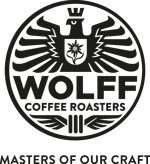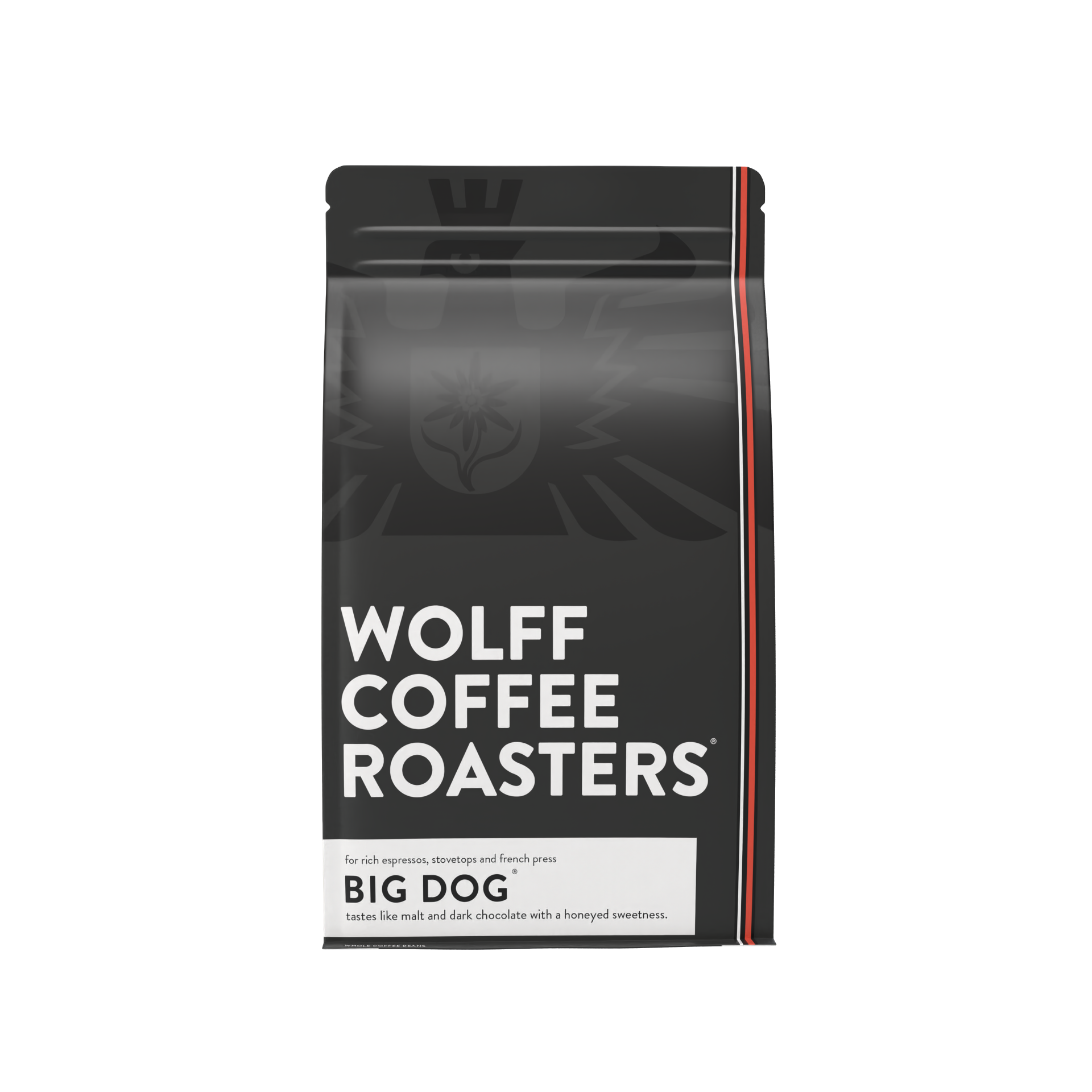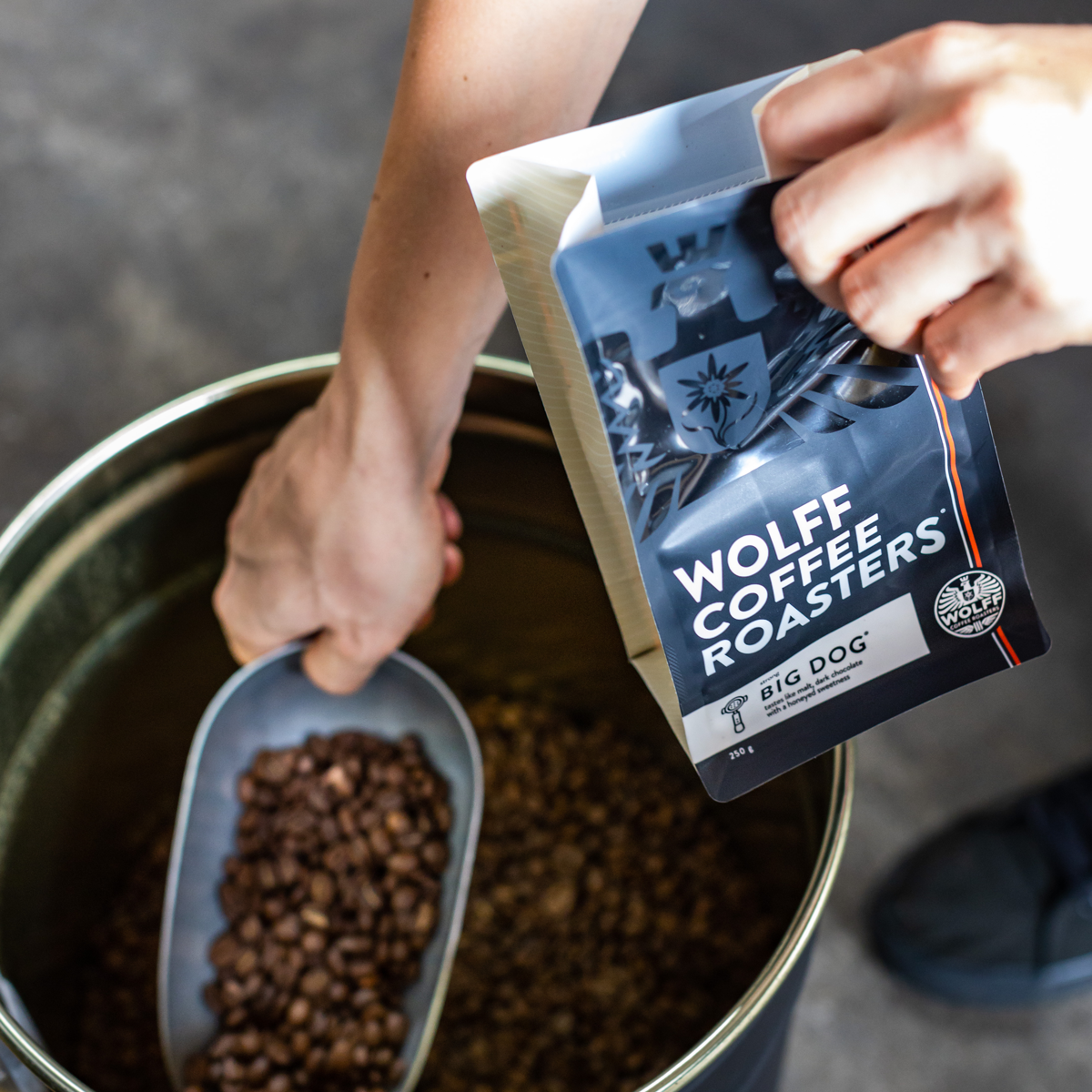In the world of coffee, a perfectly pulled espresso can set the tone for your entire day. When it falls flat, the disappointment is instant. The difference often comes down to one vital factor: extraction. Understanding extraction is the key to unlocking flavour, balance, and consistency in every cup.
Across the coffee community, there is broad agreement that espresso extraction sits between 18 and 22 percent of the coffee’s soluble material. Within that window lies harmony. Too little and the result is thin, sour, and unbalanced. Too much and bitterness takes over. A well extracted espresso offers a symphony of sweetness, acidity, and body working together in perfect rhythm.
Picture this. You are standing in your favourite café, the aroma of freshly ground coffee hanging in the air. The barista moves with focus, adjusting grind, dose, and time. What separates a skilled barista from an average one is not just the routine but the understanding of how these variables interact. Extraction is the process where water dissolves the soluble compounds from ground coffee, carrying flavour, aroma, and texture into the cup.
An under extracted shot usually means the water passed through too quickly or the grind was too coarse. The taste is sharp, lacking sweetness and depth. Over extraction occurs when water lingers too long or the grind is too fine, leading to a harsh, bitter finish. The goal is the sweet spot where balance and clarity meet.
Grind size, water temperature, and brew ratio are the main levers. Research and professional standards suggest a brew temperature between 90 and 96 degrees Celsius. Water that is too hot scorches the grounds and pulls unwanted bitterness. Water that is too cool underperforms, leaving potential flavour behind.
The Wolff Roast and Temperature Guide
Different roast levels respond best to slightly different brewing temperatures. Adjusting for roast colour is one of the simplest ways to refine your extraction and bring out the character of each blend:
-
Light roasts (around 95°C): Perfect for our Edelweiss and select single origins. The higher temperature helps unlock the complex acidity and floral notes typical of lighter profiles.
-
Medium roasts (around 93°C): Ideal for Big Dog and Lil Red. This balance point brings out sweetness and body without sacrificing clarity.
-
Dark roasts (around 92°C): Best for DRK. The slightly lower temperature preserves smoothness and prevents bitterness, highlighting rich, chocolatey tones.
But even with the right parameters, consistency depends on attention. Distractions are the quiet enemy of great espresso. Whether in a busy café or at home before the morning rush, staying focused matters. The most consistent baristas treat espresso extraction as a craft discipline, something refined through repetition and presence.
At Wolff Coffee Roasters, we believe great coffee deserves mindfulness at every stage. From how it is grown to how it is brewed, every detail matters. Our beans are sourced through ethical and sustainable partnerships, so every shot supports both quality and community.
Next time you pull an espresso, let it speak to you. If it tastes sour or sharp, slow things down and grind a little finer. If it is bitter or hollow, try a slightly coarser grind or shorten the shot time. Listen to what the cup is telling you. The better your understanding of extraction, the closer you come to the espresso that feels just right.
We fuel cafés and home brewers with beans that bring balance within reach. When the roast is right and the process respected, every espresso becomes a moment worth pausing for. Visit our website to explore Wolff’s range of ethically sourced coffees and discover how mastery and mindfulness can meet in every cup.







Leave a comment
This site is protected by hCaptcha and the hCaptcha Privacy Policy and Terms of Service apply.